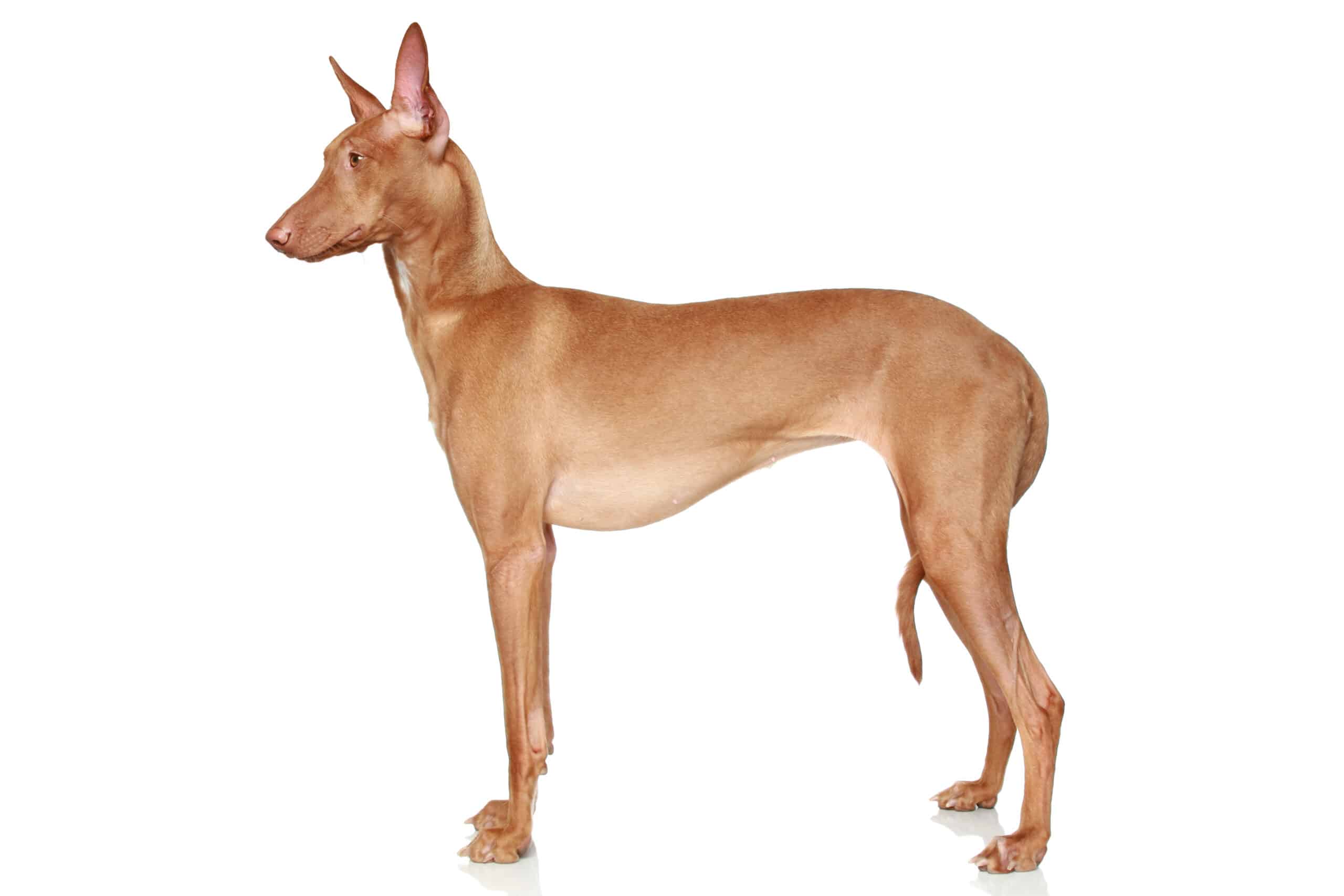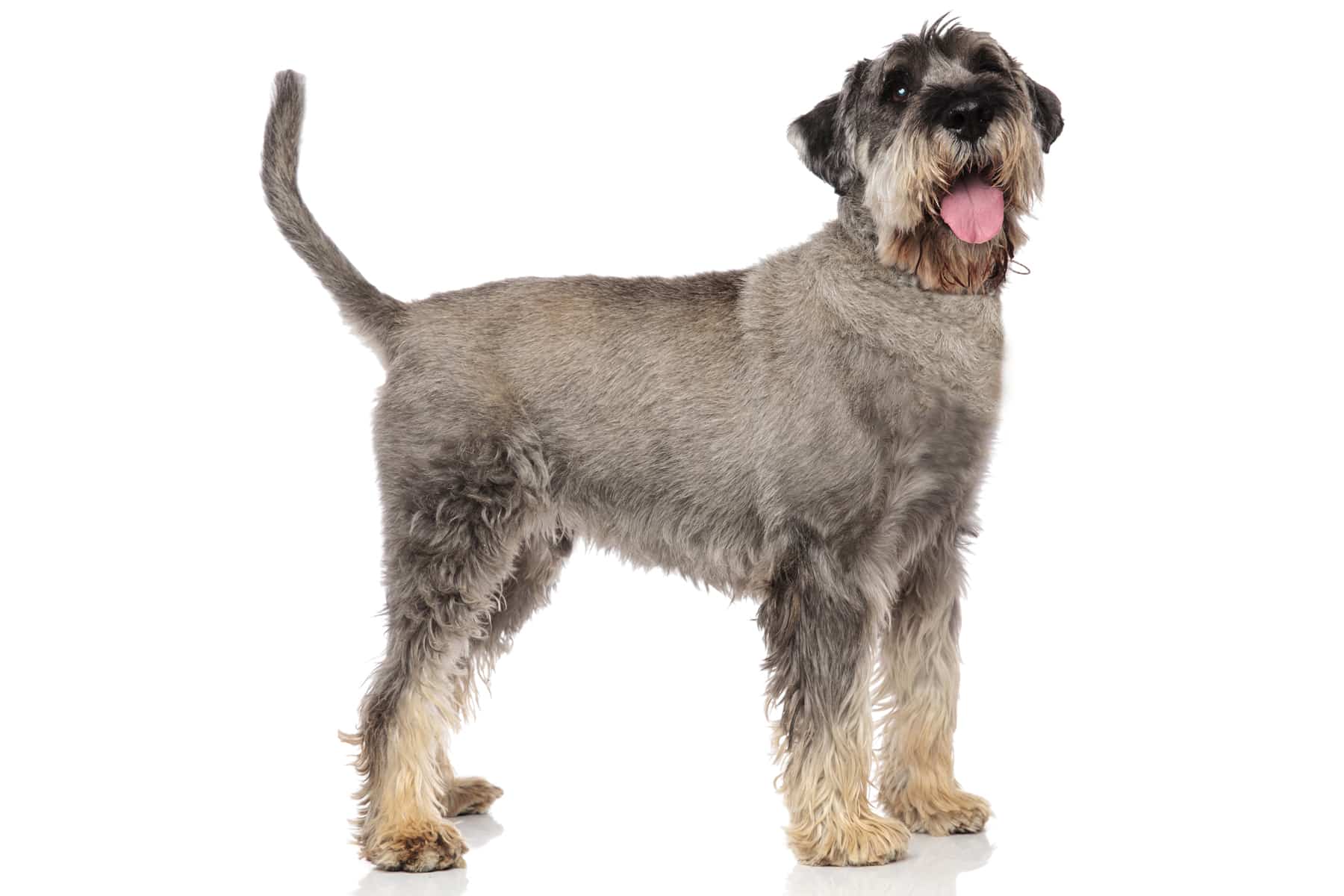Tosa
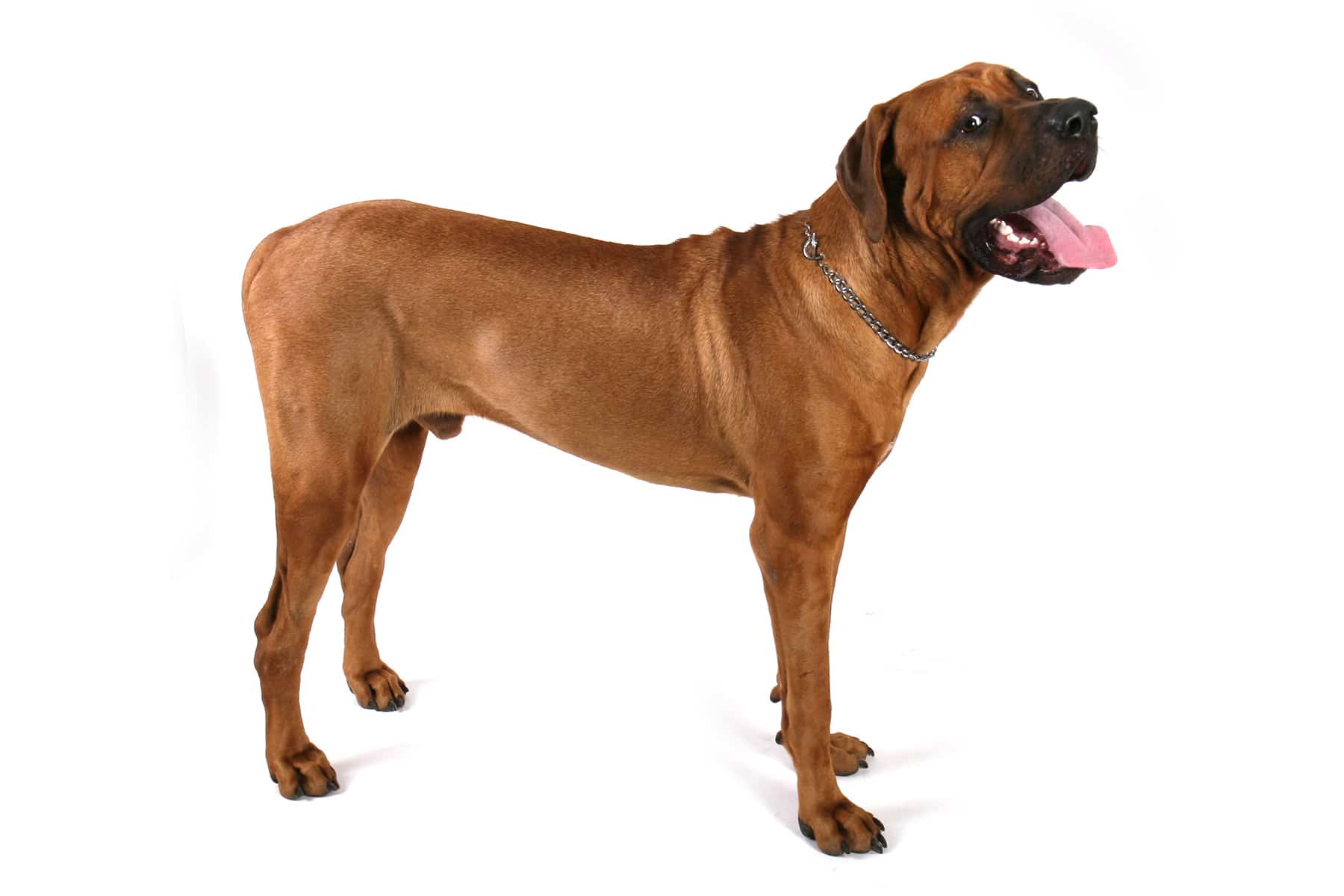
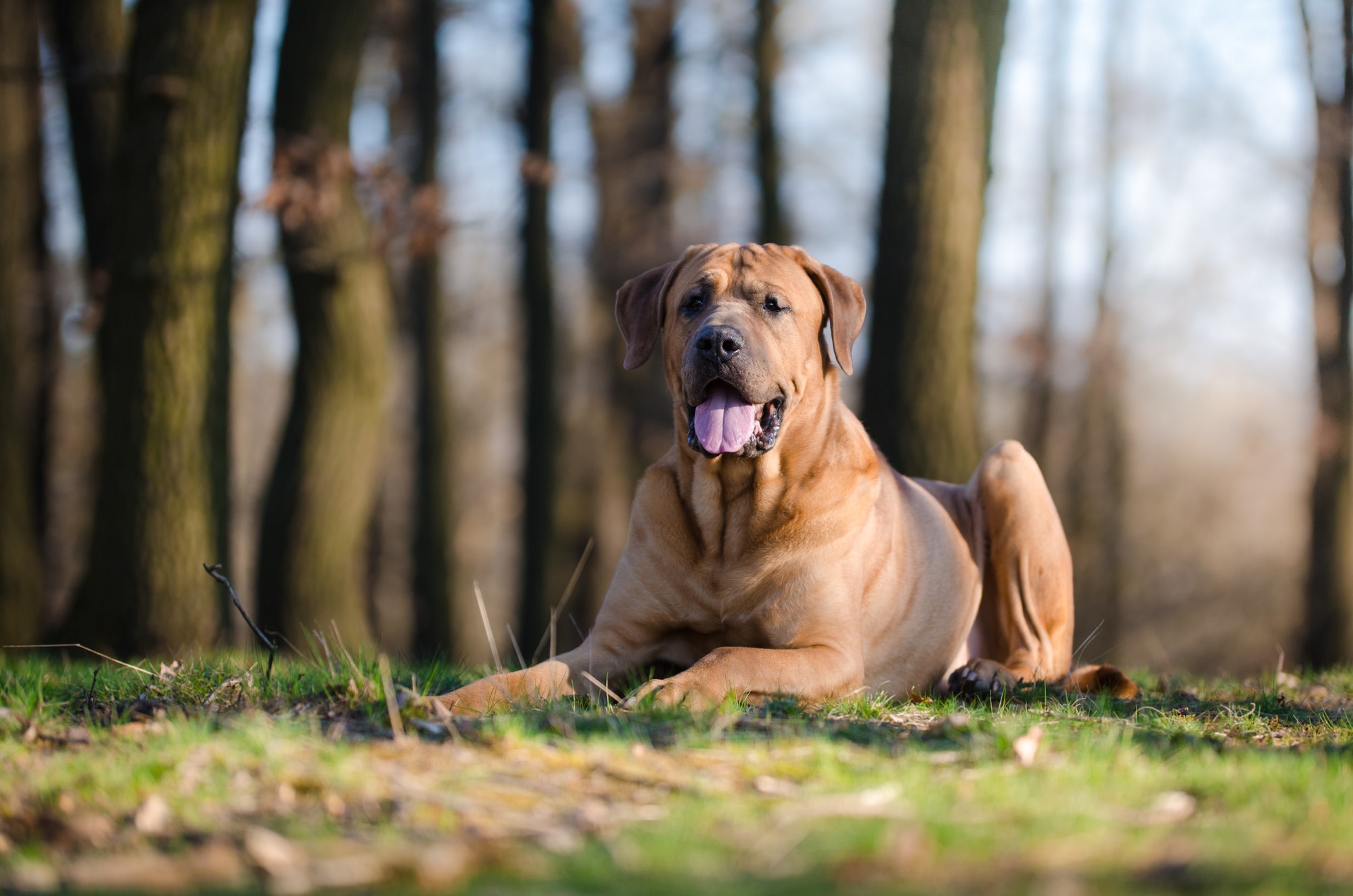
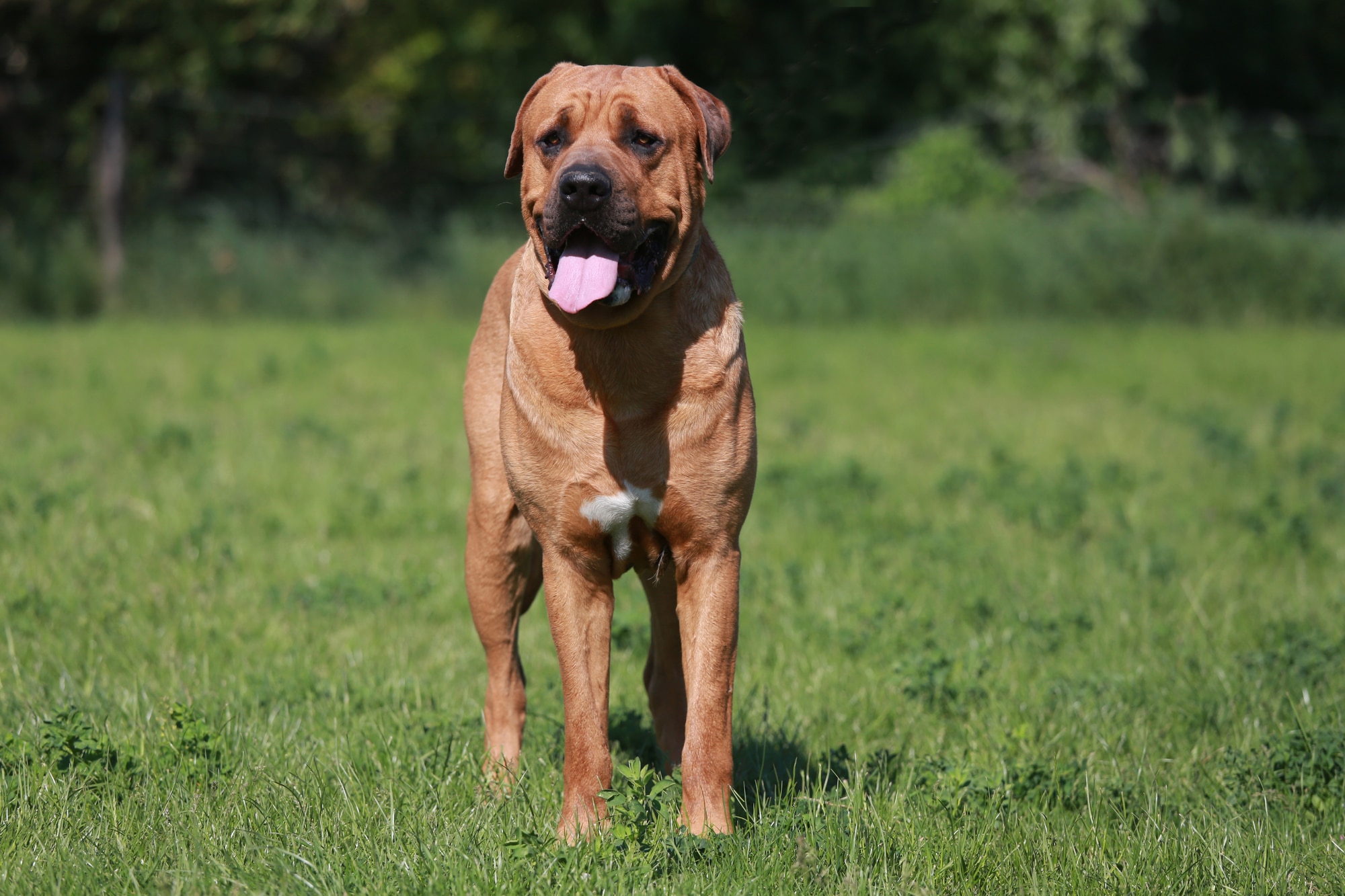
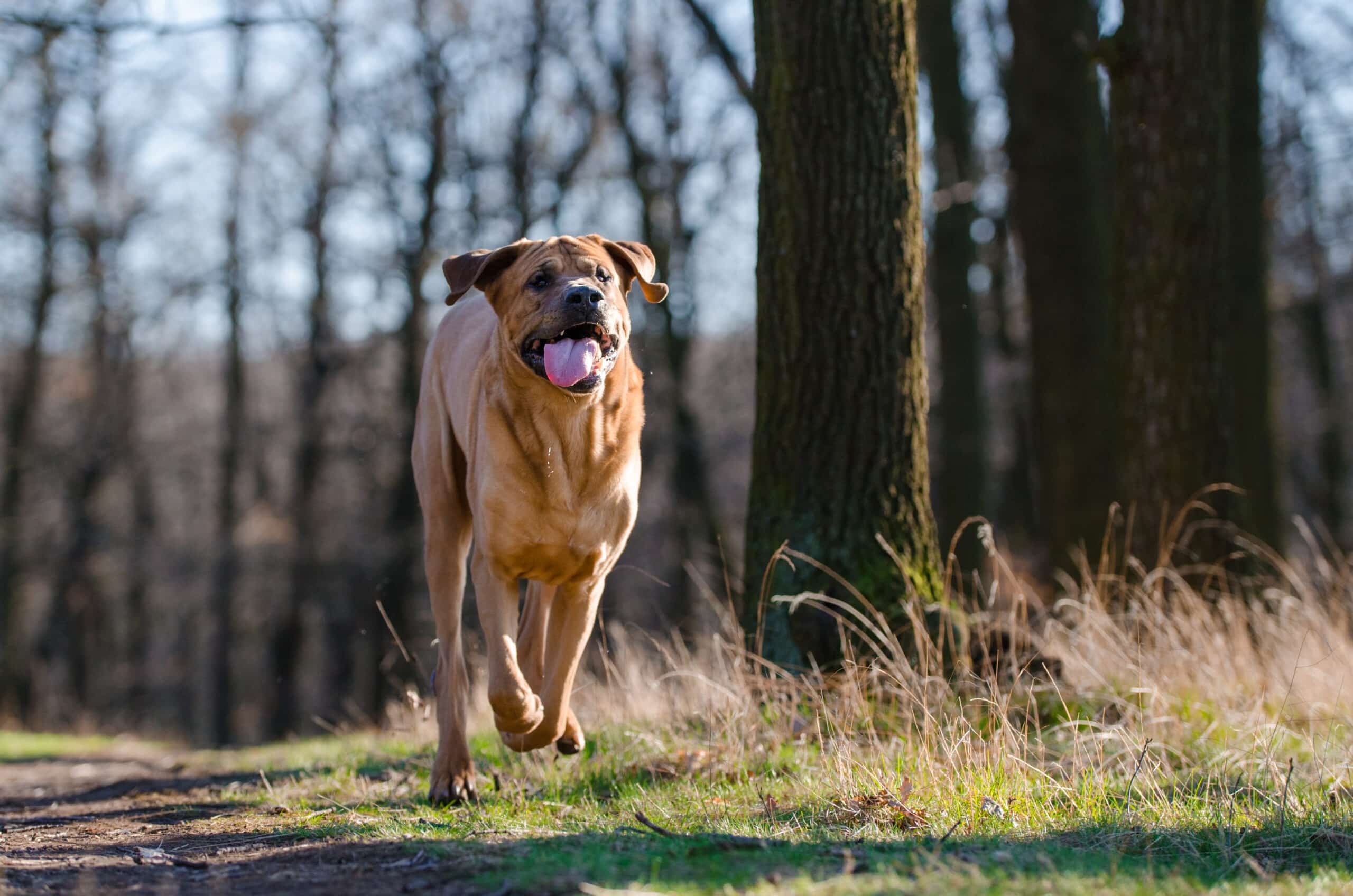
Temperament:
The Tosa - also known as the Tosa Inu or Japanese Bulldog - is considered a calm and patient dog that is often used as a companion dog today. It is very affectionate and bonds closely with its family. He is rather reserved towards strangers. Its great courage, self-confidence and fearlessness point to its long history as a fighting dog.
Characteristics
Although the Tosa has a reputation as a "fighting machine", it is a calm and peaceful animal. According to the FCI, the Tosa is a type of dog. What is particularly striking about the Tosa is the combination of its imposing figure and calm nature, which also gives it a very cool, almost condescending appearance.
Males should have a height at the withers of 60 centimeters. Females should not be smaller than 55 centimetres. With a weight of a proud 50 to 70 kilograms, the Tosa is a very large and muscular dog. This places high demands on its owner.
The coat of the Tosa is hard, short and dense. The recognized coat colors are apricot, red, fawn, black and brindle. Subtle markings on the chest and paws are permitted. Fearful, shy or aggressive dogs are excluded from breeding.
The Tosa is a balanced dog. Hardly anything can upset him. True to the saying "The calmest are the bravest". He orients himself towards his family members. He is always loyal to his owner.
The Tosa is neutrally reserved towards strangers. However, it is easily stroked by strangers. If he likes someone, this friendship lasts a lifetime. He comes alone to be petted.
His character is described in the standard as follows: "Determined by patience, composure, fearlessness and courage". This very strong dog needs a handler with dog experience and confident composure. The Tosa is therefore not recommended as a beginner's dog.
The Tosa is good-natured, loves children and loves people. However, it is not always compatible with other four-legged friends. It tends to show dominance behavior. The dog is self-confident and calm, but always alert. The Tosa is a real stubborn dog.
As with all other breeds, training the Tosa should begin as early as possible. Consistency is particularly important. The dog must be shown exactly what it is allowed to do and what it is not allowed to do. Shouting is useless, you have to radiate unmistakable authority. For this reason, children in particular should not be left unsupervised with the dog.
Coat care:
Shedding:
Energy level:
Trainability:
Children suitable:
The right food
When choosing food, make sure that it contains high-quality ingredients, is balanced and meets your dog's requirements. Age, size or weight, activity and health status play an important role. You should follow the manufacturer's recommendations for the amount of food.
Treats should only be fed in moderation and deducted from the basic diet to avoid obesity.
Puppies can be fed 4-6 times a day. The number of meals should be gradually reduced to 2 per day until the dog is fully grown. A rest period should be observed after meals.
Fresh drinking water should be available at all times.
Health & Care
In contrast to consistent training, the four-legged friend makes only low demands on physical care. Regular brushing is completely sufficient for the Tosa with its short coat. The Tosa is also quite robust in terms of health. Diseases typical of the breed are hardly known in this dog.
Only hip joint dysplasia poses a problem. Especially during the growth phase, the dog should not be physically overburdened. Long walks and frequent climbing of stairs should be avoided during this time.
A soft lying surface is also important for the Tosa. The strong dog tends to develop calluses quickly if it lies on a hard surface for a long time. You should therefore invest in a good dog bed.
The Tosa is relatively undemanding as far as external conditions are concerned. However, a multi-storey apartment is not suitable for keeping them. It prefers a large house with a garden. It likes to spend time outdoors, but is not a kennel dog.
With an experienced owner, the Tosa can also be a child-friendly family dog. However, small children should not be left unattended. It does not always accept other animals in the household.
However, there is one thing you should bear in mind before buying one. The Tosa is classified as a dangerous dog in some federal states. In addition, in several countries it is one of the dogs that may not be kept or imported. Tosa dogs should not be taken on vacation to the Netherlands. There is a risk of confiscation and in some cases even euthanasia.
The Tosa is very people-friendly. It also likes to follow people. This is based on mutual respect and recognition. Those who take this to heart will be rewarded with a wonderful friendship between dog and human.
Suitable accessories
The strong Tosa is very keen on sport. Due to its size alone, it needs a lot of exercise. Various sports are suitable for this. Tosa can already ride a bike at the age of one and a half. He also likes to go jogging.
He won't hold it against you if the run is shorter. However, please note that although the Tosa likes to exercise, it is not very enduring. Very active dog owners who run long distances with their dog every day will not enjoy this powerhouse. The Tosa loves to be distracted from everyday life with suitable toys.
Because of its strength, the dog needs a strong lead. The collar should also be sturdy. Special leashes and collars are available in almost every good specialist store.
A Tosa also needs a basket or dog mat as a retreat, a water and food bowl, tick tweezers, claw clippers, a brush or rubber currycomb, toothbrush and toothpaste for dogs, a transport box for transportation in the car and a first aid kit. It's best to ask your vet what should be in the first aid kit.
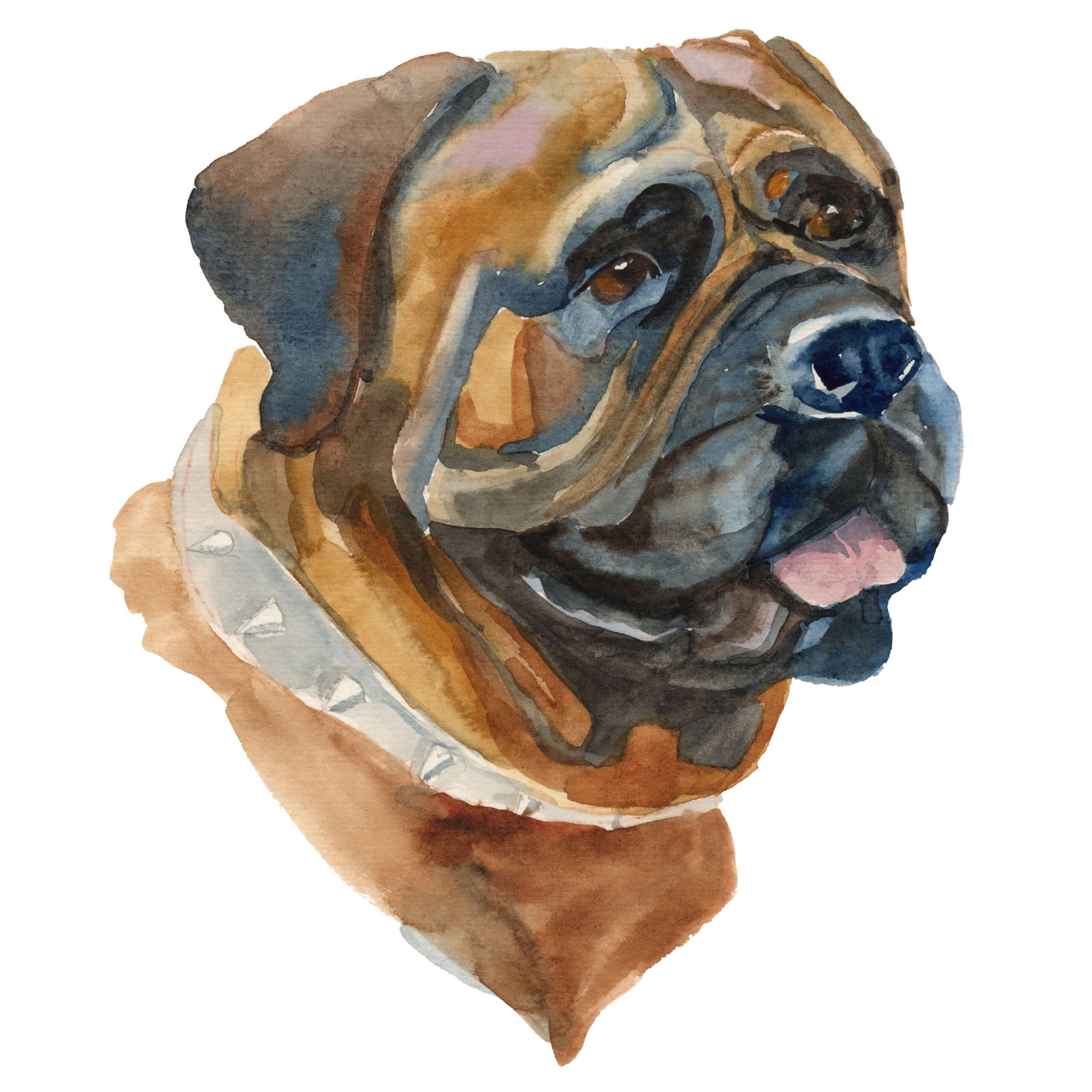
Origin & History
The Tosa originates from Japan. It is the largest dog breed there. Originally, the dog was a docile Japanese fighting dog. However, fighting dog means almost the opposite of the image of the fighting dog in Germany. Dog fights in Japan are modeled on the fights of sumo wrestlers. They have been held since the 14th century.
This is a ritualized competition. In addition to physical strength, mental strength is particularly important. The dogs must not injure each other during the fight. They should push each other down and impress each other. Special judges assess the mental strength of the dogs.
The dogs may not show any aggression, not even growling. Growling leads to immediate disqualification. This is why the Tosa is also called the "Sumo Inu". This dog breed is highly revered in Japan. It is estimated that there are around 10,000 of these dogs there. In Europe, the Tosa is also known as the "Japanese Mastiff".
No major incidents with humans are known to date. The dog has a very high stimulus threshold. The dog is very calm, especially towards people. It is not easily provoked. A Tosa is simply too cool to be lured out of its reserve.
The Tosa as we know it today is rather young. The traditional Tosa Inu "Shikoku-Ken" was to be improved by European breeds. According to the standard, Mastiffs, Bulldogs, Great Danes and German Pointing Dogs were crossed in.
It was not until 1964 that the Tosa was recognized by the "Fédération Cynologique Internationale". In Germany, this powerful dog is a rarity. The first purebred dogs came to Germany around 1970. Nevertheless, it is still one of the rarest breeds here. Not even a handful of Tosa breeders are officially registered with the VDH.

